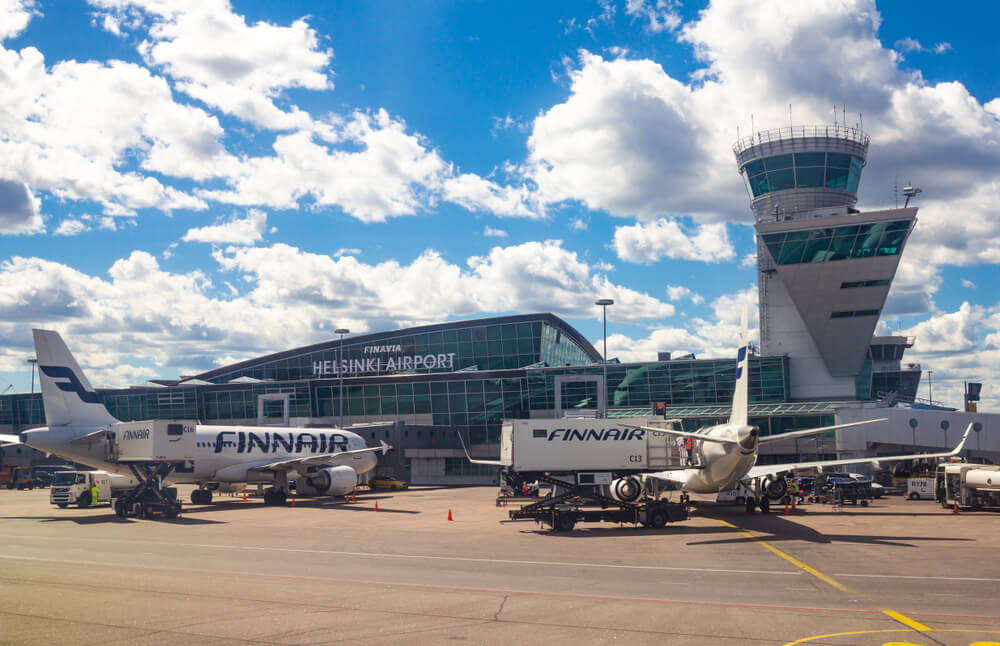Finnair, the national flag carrier of Finland, announced its 2019 financial results. While the results are a mixed bag of peanuts, the airline’s main market, Asia, presented quite a challenge for the Finnish airline looking forward. As the coronavirus spreads and companies, including airlines, are reducing or completely suspending travel, Finnair is reluctant to guess how it would affect its business, saying it would provide further guidance together with its next financial report in April 2020.
Finnair reports growth in revenue and costs
All in all, Finnair grew in 2019. Its total revenue increased from $3 billion (€2.8 billion) to $3.2 billion (€3 billion) within a year, the airline added two Airbus A350 aircraft and overall capacity, measured by Available Seat Kilometers (ASK), grew by 11.3% to 47.1 billion, compared to the previous year.
The airline’s expenses also rose by a whopping 11% to $3.1 billion (€2.9 billion): costs, excluding fuel, accounted for $2.5 billion (€2.3 billion), while fuel-related costs set Finnair back $753 million (€687 million). However, the manner in which Finnair counts expenses related to its employees, including such costs as travel and training, was changed since January 1, 2019, in a way explaining the rise in costs.
The Helsinki-based carrier ended 2019 with 59 Airbus aircraft: 37 of the A320 family, eight A330s and 14 A350s. The results report also indicates that Finnair will add XWBs: two in the first half of 2020, two in 2021 and Airbus will complete Finnair’s initial order for the flagship wide-body in 2022 with one aircraft.
In addition, the fleet would undergo a renewal process, both in and out: the long-haul cabin will be renewed throughout 2020 and 2021, setting back the company $219 million (€200 million), while its narrow-bodies are set to be renewed by 2025. As of December 31, 2019, the average age of Finnair’s Airbus A320 family aircraft is 15 years, according to the airline.
Finnair is yet to indicate which single-aisle aircraft it will choose. During Finnair Capital Markets Day in November 2019, the company’s executives stated that the company would invest $3.8-4.4 billion (€3.5-4 billion) into its fleet and other assets, with most of the sum going to the renewal of aging aircraft.
Short-term uncertainty due to coronavirus
Finnair’s largest market remains Asia. Out of the overall capacity, 49% of the total seats were flown east from Helsinki towards such cities as Beijing, Guangzhou, Shanghai, Seoul, Tokyo amongst other Asian cities. While over the past few years its route network, combined with the fact that Helsinki has become a major hub in Asia-Europe travel, allowed Finnair to establish its ground firmly in a volatile operating environment, the current coronavirus outbreak has put pressure on the airline.
The airline has canceled all flights to mainland China from February 6 until February 29, 2020. Flights to Beijing, Guangzhou and Nanjing are canceled until March 29, 2020. Passengers are unable to book tickets to China since January 31, 2019, and will not be able to do so until February 29, 2020, according to the airline.
The Helsinki-based carrier anticipates that the impact of the outbreak would be “relatively limited” in Q1 2020, even if cancelations last until March 2020. Despite this, while Finnair plans to grow by 4% in terms of capacity through the coming year, the airline stays cautious and would not provide its financial guidance for 2020, opting to do so together with its Q1 2020 interim report instead.
